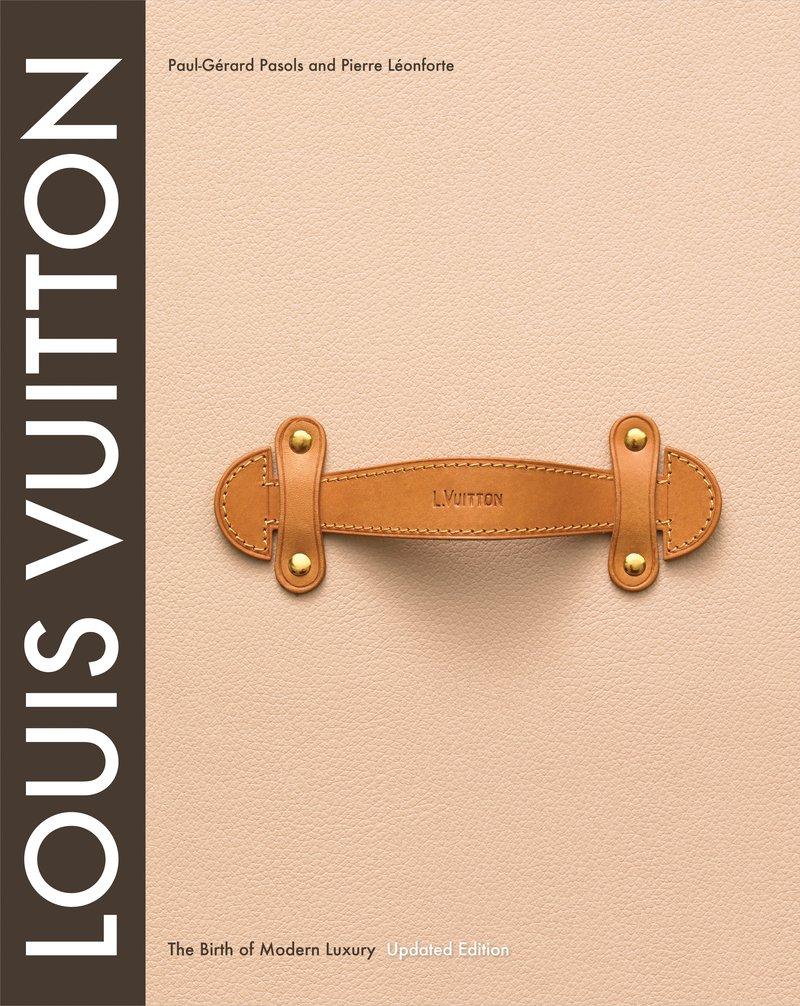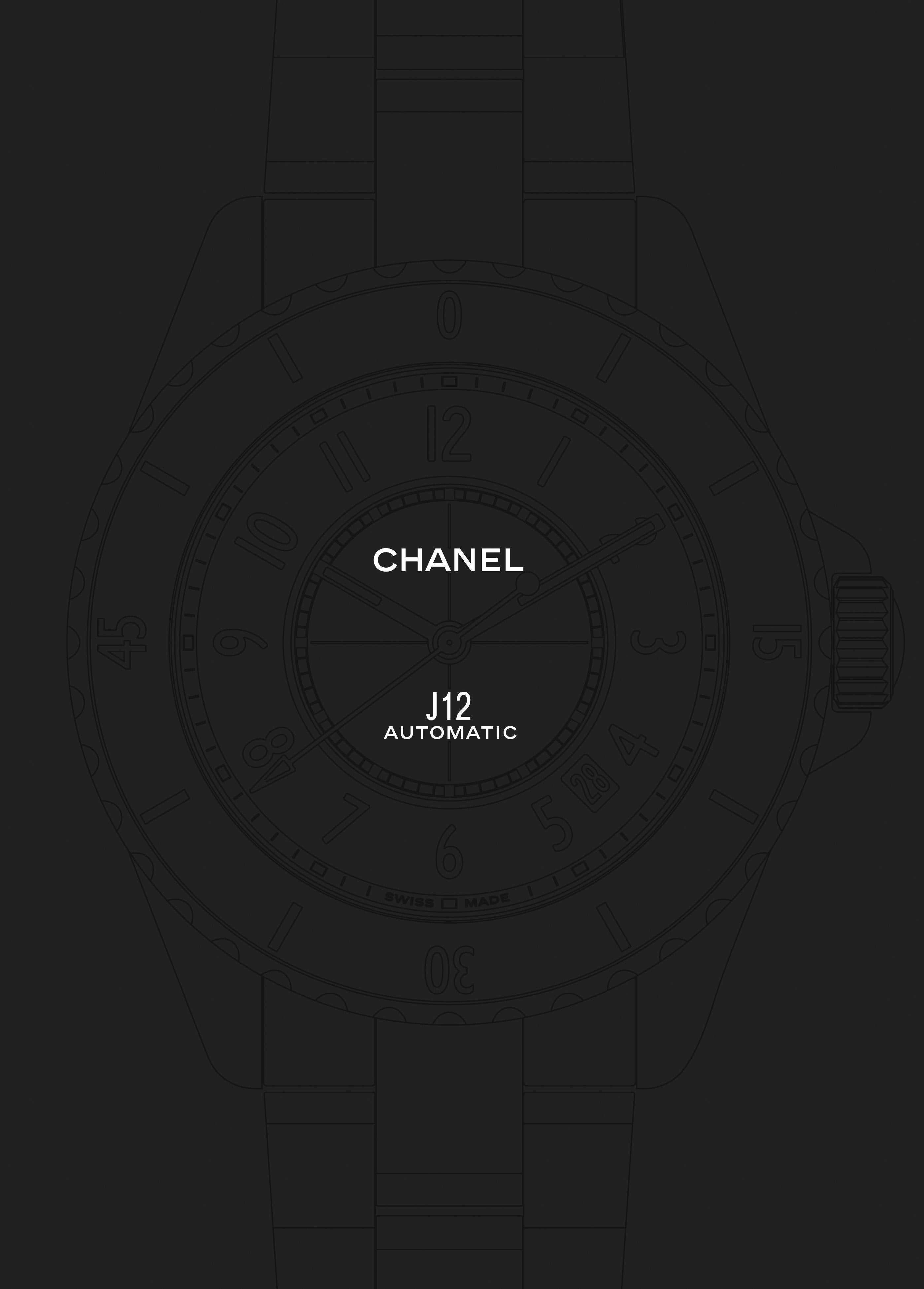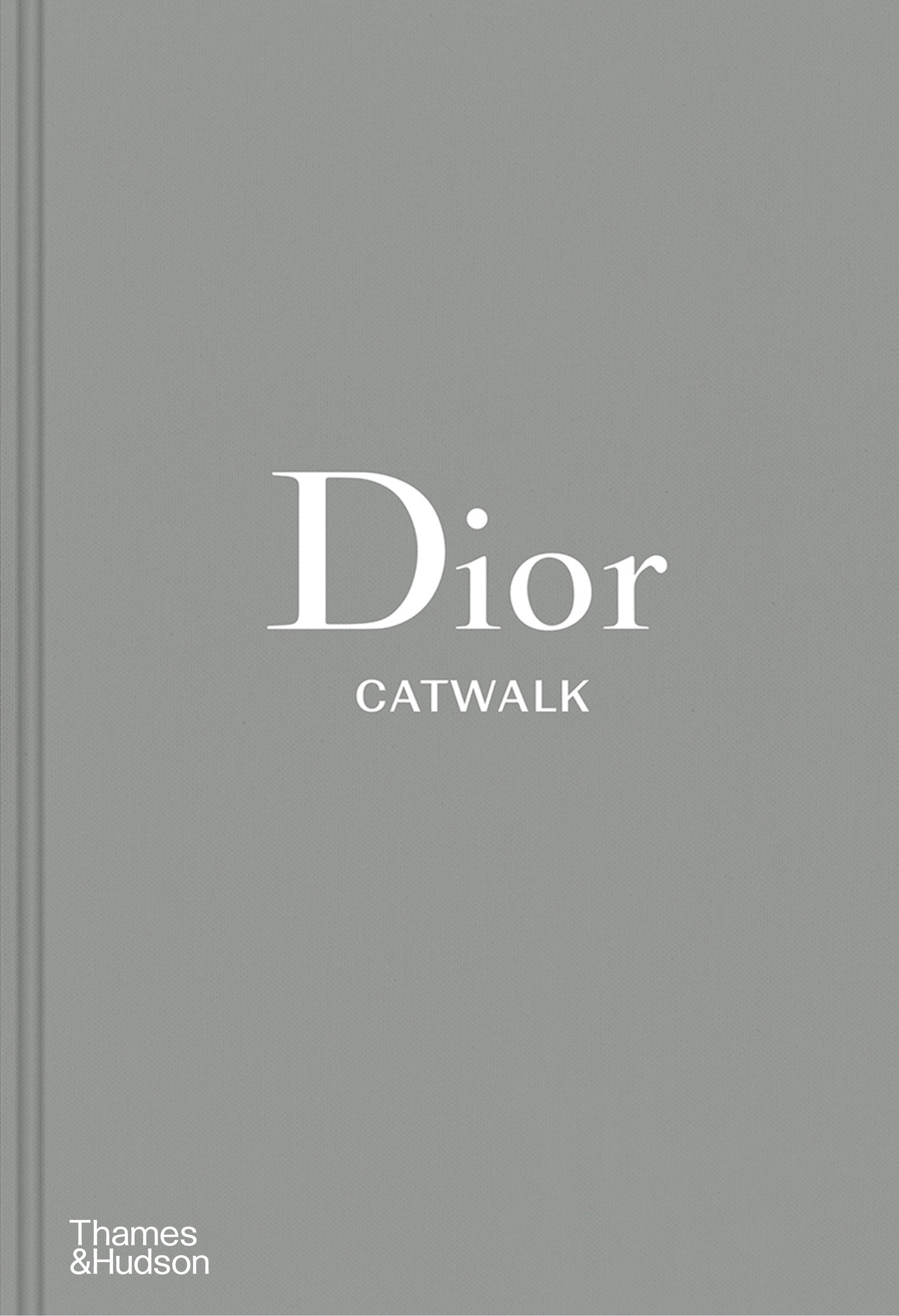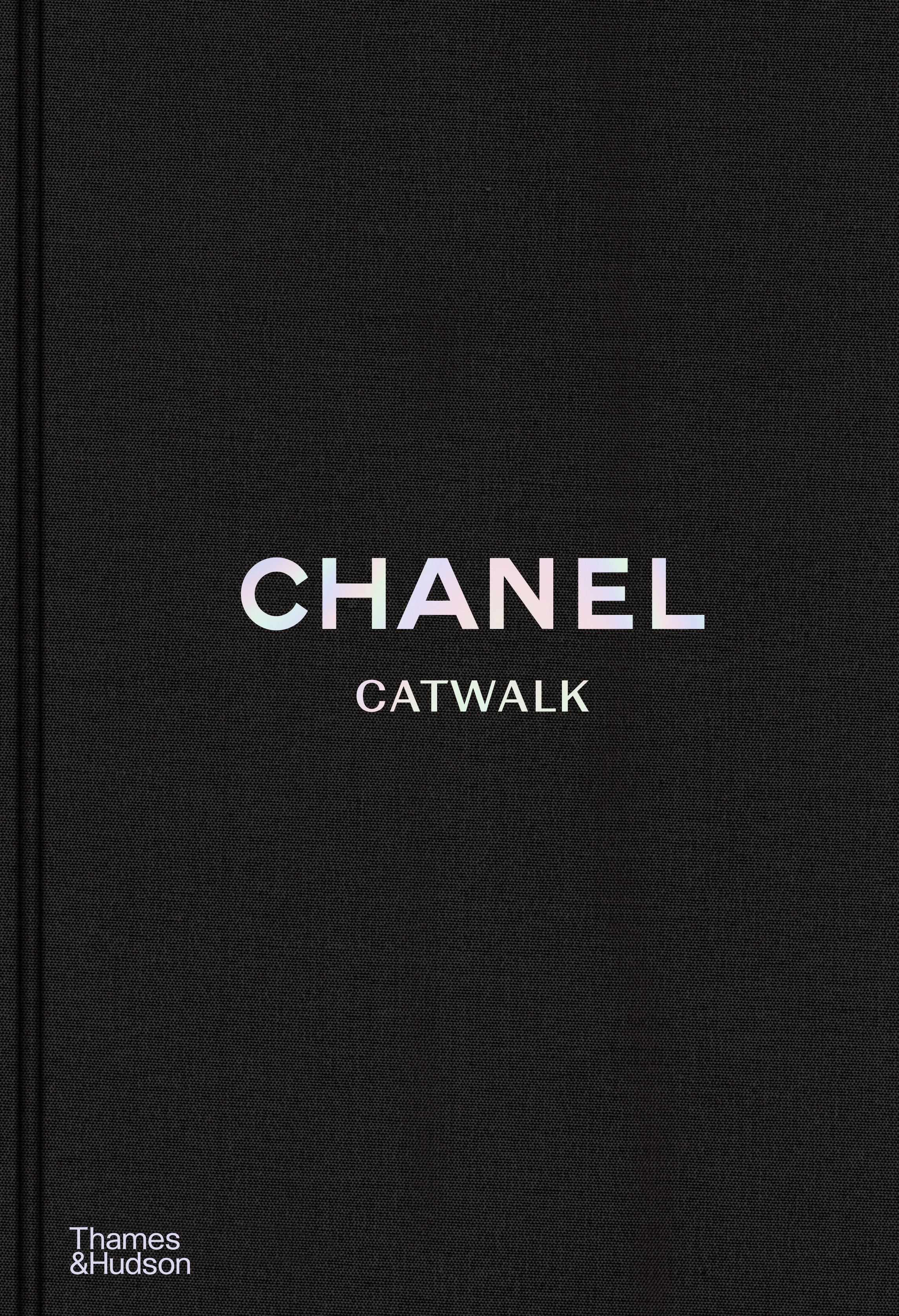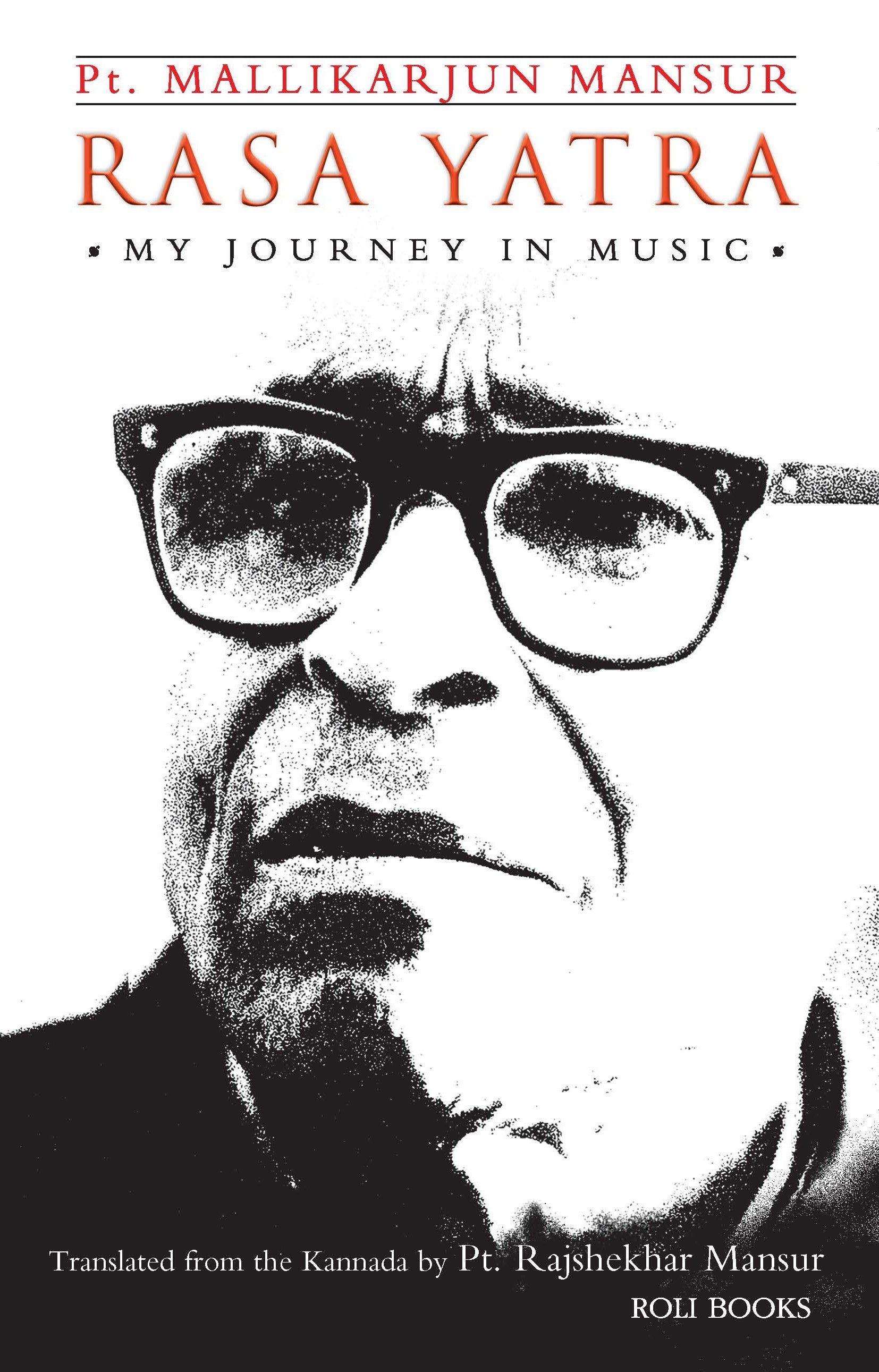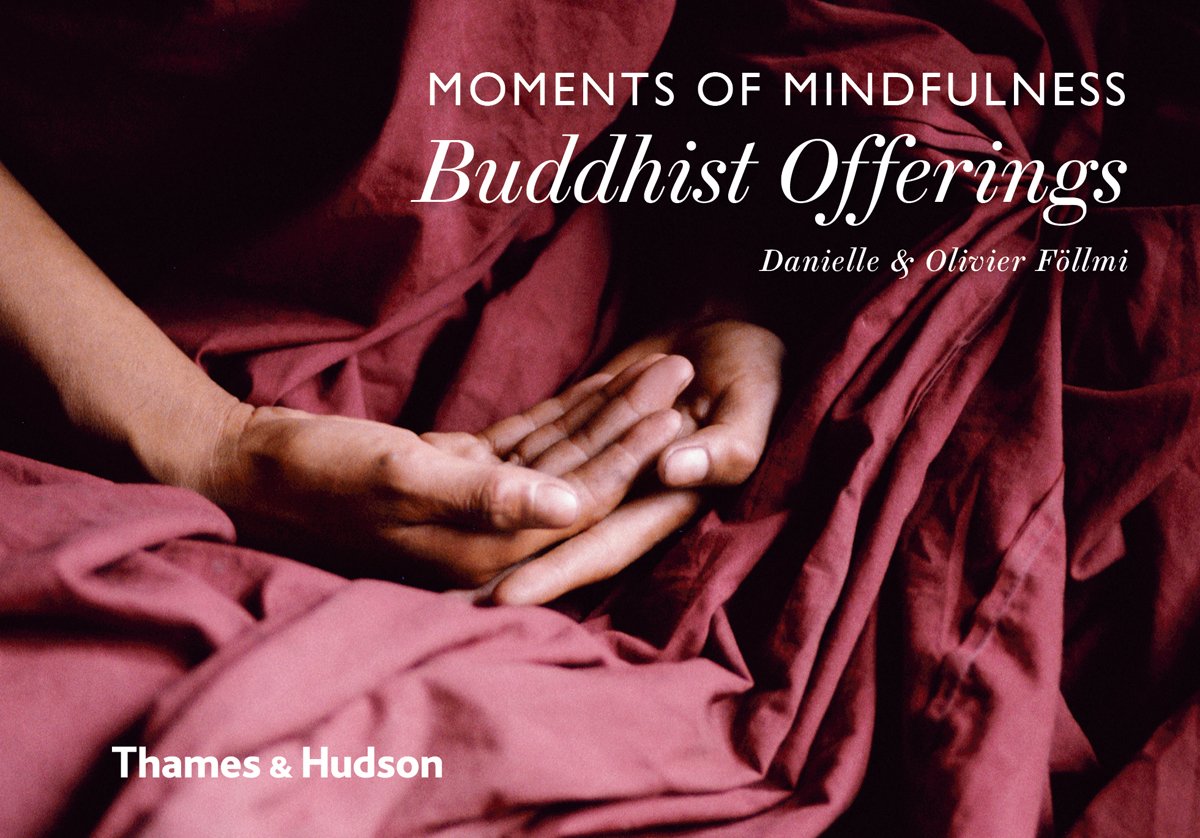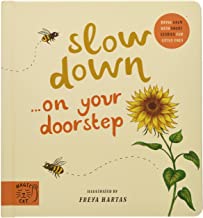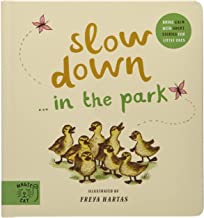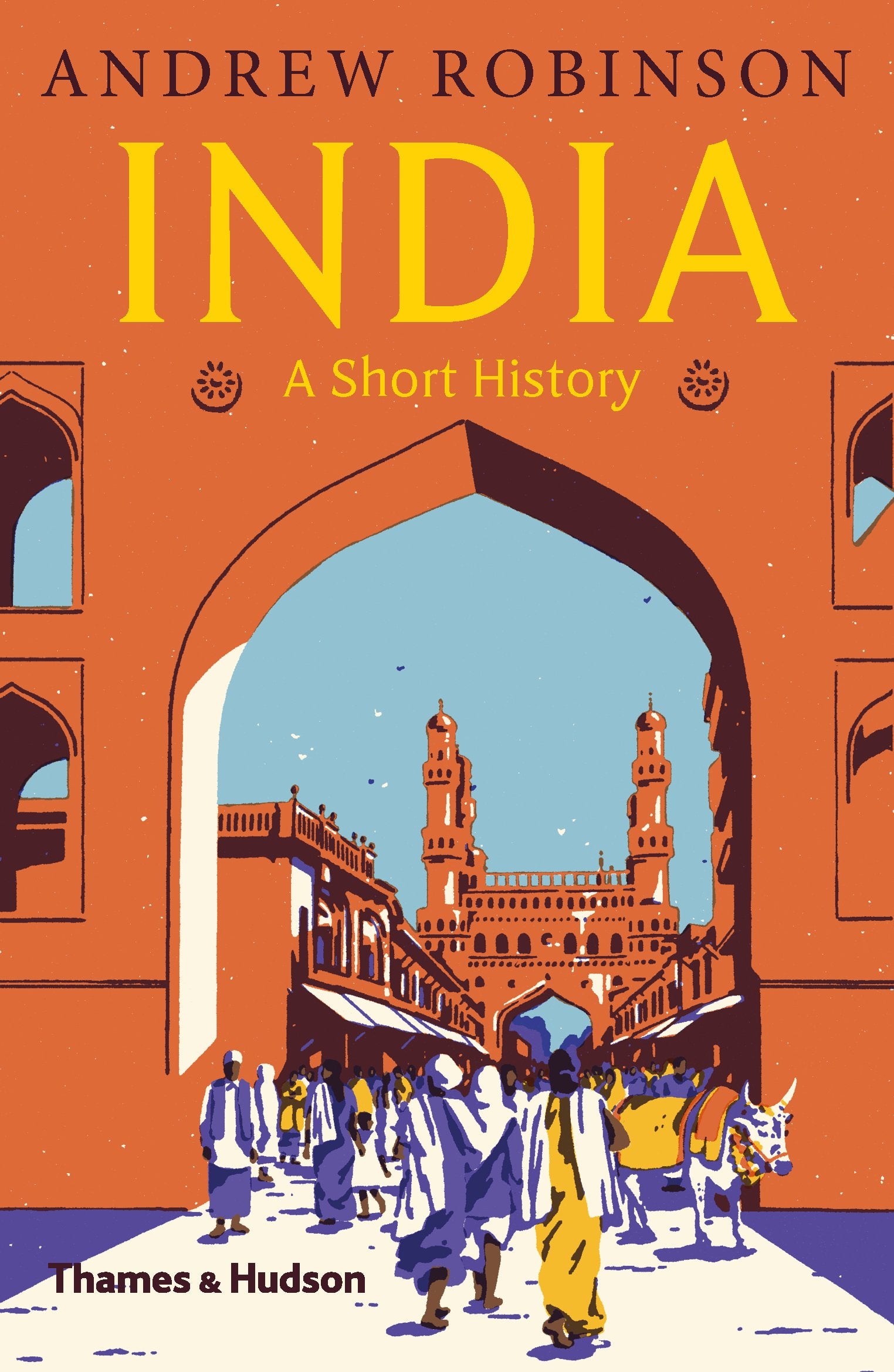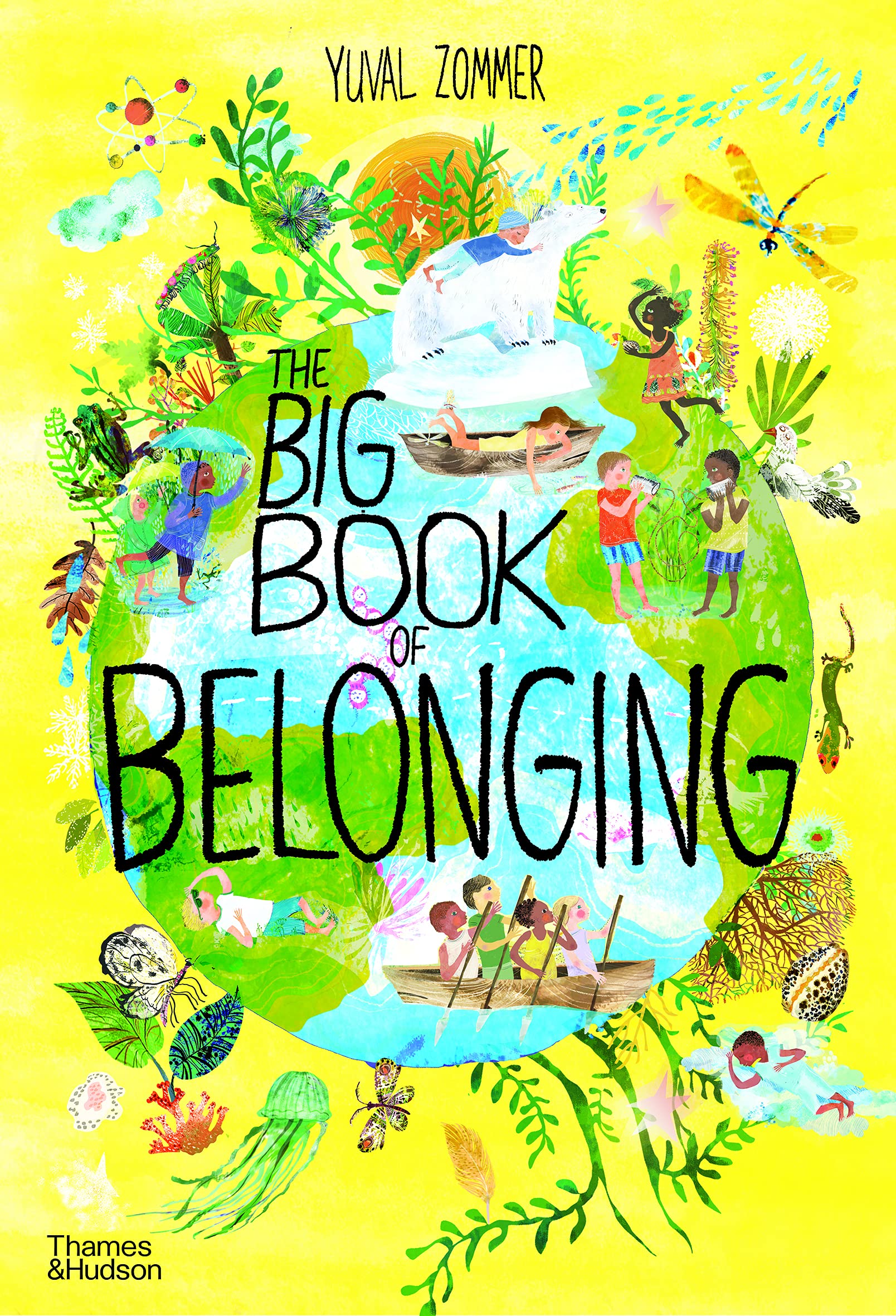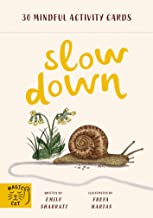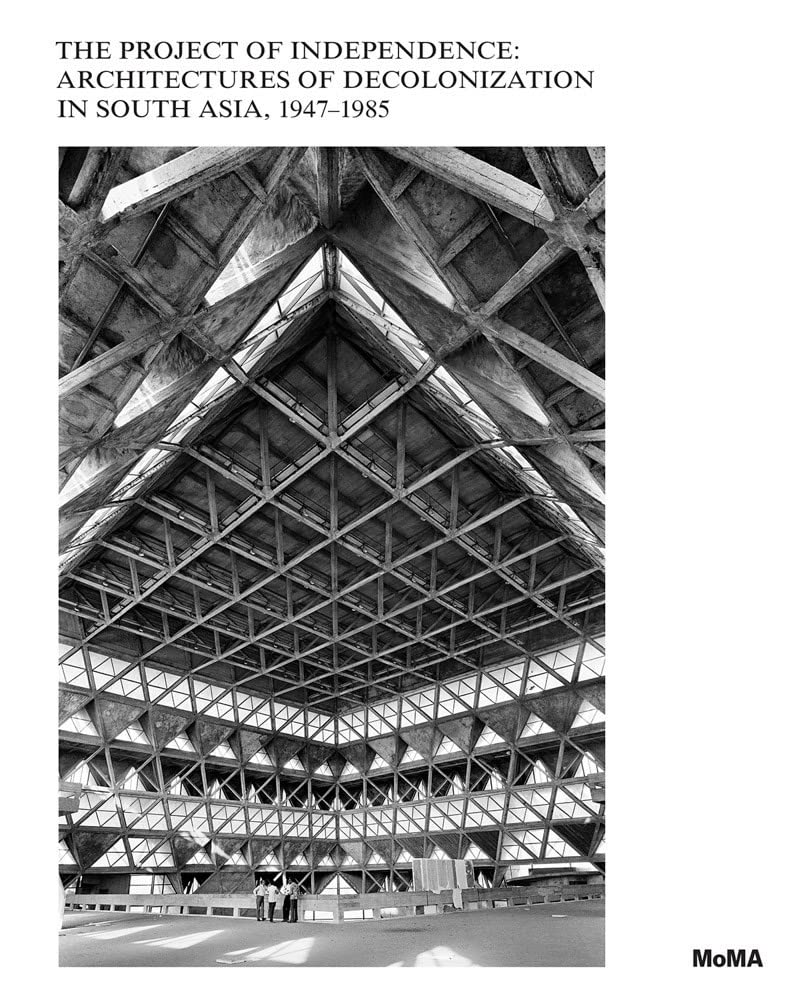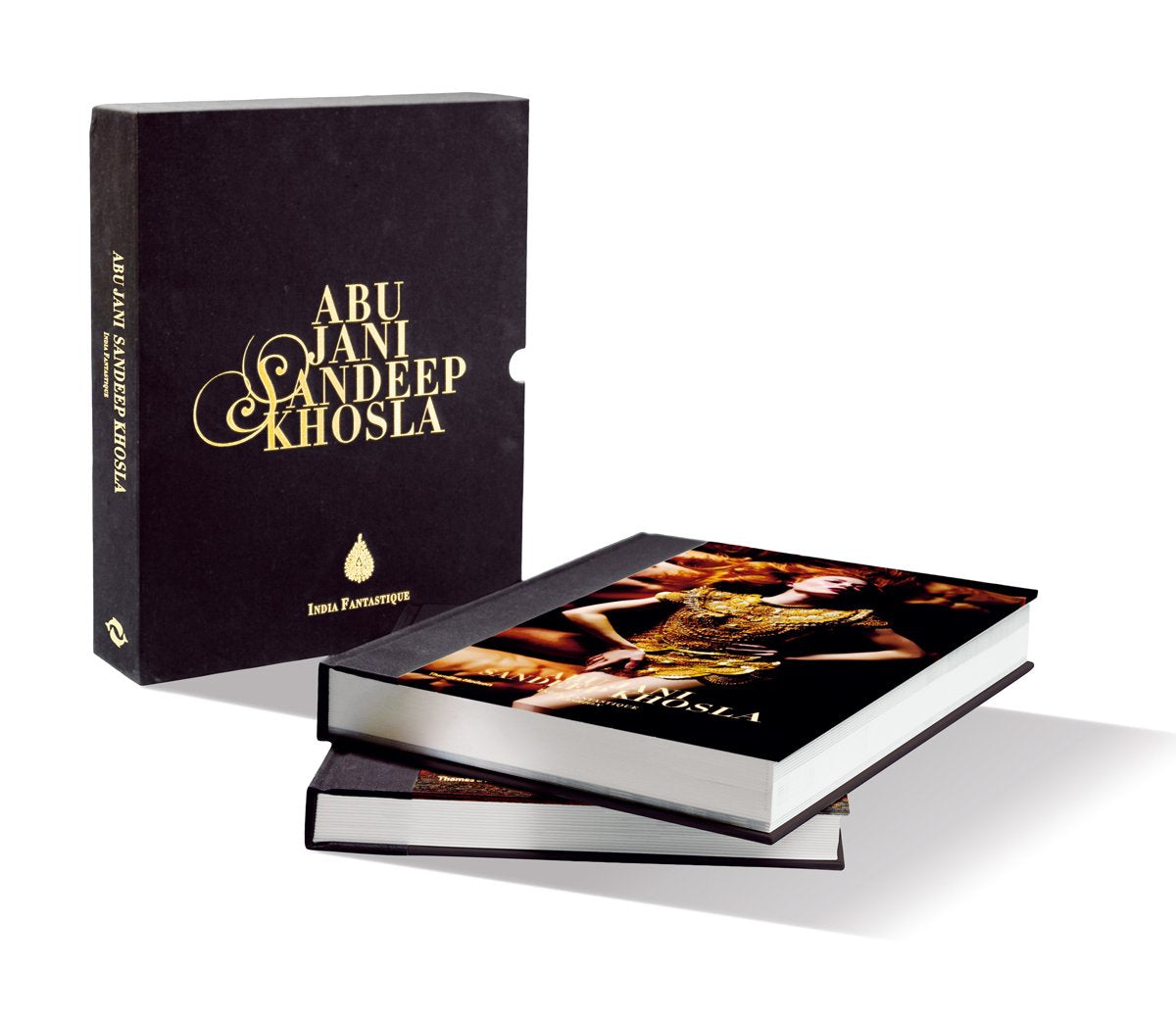Looking for Lenin
Niels Ackerman and FUEL
In the process of decommunisation, Ukraine has toppled all its Lenin monuments. The authors have hunted down and photographed these banned Soviet statues, revealing their inglorious fate.
In the process of decommunisation, Ukraine has toppled all its Lenin monuments. Photographer Niels Ackermann and Journalist Sébastien Gobert have hunted down and photographed these banned Soviet statues, revealing their inglorious fate. As Russia celebrates the 100th anniversary of the Bolshevik revolution, Ukraine struggles to achieve complete decommunization. Perhaps the most dramatic demonstration of this process is the phenomenon of Leninopad (Lenin-fall)—the toppling of Lenin statues. In 2015 the Ukrainian parliament passed legislation banning these monuments as symbols of the obsolete Soviet regime. From an original population of 5500 in 1991, today not a single Lenin statue remains standing in Ukraine. The authors, both based in Kyiv, have scoured the country in search of the remains of these toppled figures. They found them in the most unlikely of places: Lenin inhabits gardens, scrap yards and store rooms. He has fallen on hard times—cut into pieces; daubed with paint in the colors of the Ukrainian flag; transformed into a Cossack or Darth Vader—but despite these attempts to reduce their status, the statues retain a sinister quality, resisting all efforts to separate them from their history. These compelling images are combined with witness testimonies to form a unique insight, revealing how Ukrainians perceive their country, and how they are grappling with the legacy of their Soviet past to conceive a new vision of the future.
Niels Ackermann is a Swiss photojournalist and founding member of the photography agency Lundi13. He has worked for the Swiss international press since 2007. For his project The White Angel (Les Editions Noir Sur Blanc, 2016) he spent four years documenting the transition to adulthood of a group of youths near Chernobyl. This reportage received many awards including the Prix Rémi Ochlik - Ville de Perpignan 2016 and the Swiss Press Photo Award of photographer of the year 2016. Ackermann uses documentary photography to reveal a more nuanced vision of Ukraine, challenging stereotypes and giving a voice to contradictory opinions. His work has been exhibited in both solo and group shows and festivals in Arles, Perpignan, Breda, Pingyao, Moscow, Kyiv, Zurich, Basel and Geneva. He has lived in Kyiv, Ukraine since 2015.
After travelling extensively, Gobert became fascinated by post-communist region, living in many different countries across this territory. In 2011 he settled in Ukraine, working as a journalist. He is a correspondent for various media including: Libération, Radio France Internationale, Le Monde Diplomatique and La Tribune de Genève. His position has granted him a privileged perspective to observe Ukraine’s dramatic upheavals. He was awarded the ‘Writing for CEE’ Award in 2013. In addition Gobert runs a blog entitled ‘Nouvelles de l’Est’ and is a contributing author to ‘Odyssée Européenne. Dans l’oeil des Géographes’, a collection of books on subjective geography of European cities.
Damon Murray and Stephen Sorrell have been publishing books on Soviet culture since 2004 with the release of the first Russian Criminal Tattoo Encyclopaedia.








